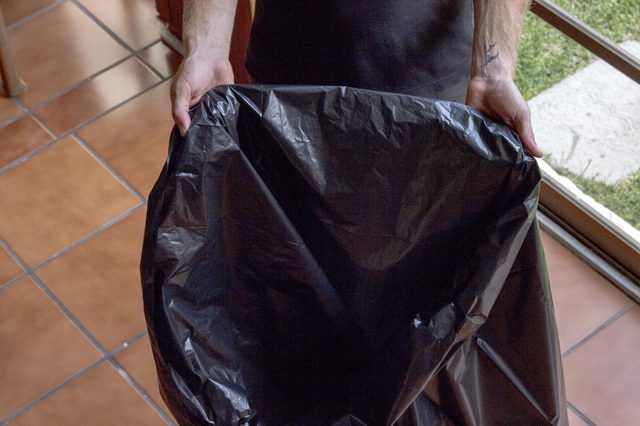Bulbs
Flower Basics
Flower Beds & Specialty Gardens
Flower Garden
Garden Furniture
Garden Gnomes
Garden Seeds
Garden Sheds
Garden Statues
Garden Tools & Supplies
Gardening Basics
Green & Organic
Groundcovers & Vines
Growing Annuals
Growing Basil
Growing Beans
Growing Berries
Growing Blueberries
Growing Cactus
Growing Corn
Growing Cotton
Growing Edibles
Growing Flowers
Growing Garlic
Growing Grapes
Growing Grass
Growing Herbs
Growing Jasmine
Growing Mint
Growing Mushrooms
Orchids
Growing Peanuts
Growing Perennials
Growing Plants
Growing Rosemary
Growing Roses
Growing Strawberries
Growing Sunflowers
Growing Thyme
Growing Tomatoes
Growing Tulips
Growing Vegetables
Herb Basics
Herb Garden
Indoor Growing
Landscaping Basics
Landscaping Patios
Landscaping Plants
Landscaping Shrubs
Landscaping Trees
Landscaping Walks & Pathways
Lawn Basics
Lawn Maintenance
Lawn Mowers
Lawn Ornaments
Lawn Planting
Lawn Tools
Outdoor Growing
Overall Landscape Planning
Pests, Weeds & Problems
Plant Basics
Rock Garden
Rose Garden
Shrubs
Soil
Specialty Gardens
Trees
Vegetable Garden
Yard Maintenance
How to Get Rid of a Hornet Nest
How to Get Rid of a Hornet Nest. A hornet nest by your front door or in your children’s play area is cause for concern, especially if someone in your family is allergic to stinging insect venom. Any activity near the nest might cause the hornets to spill out in an aggressive mob and chase down and sting the offender, and they will go after...
A hornet nest by your front door or in your childrenís play area is cause for concern, especially if someone in your family is allergic to stinging insect venom. Any activity near the nest might cause the hornets to spill out in an aggressive mob and chase down and sting the offender, and they will go after both people and pets. While hornets can be beneficial in your yard because they control caterpillars and other garden pests, sometimes they are too close for comfort -- and itís best to get rid of the nest.
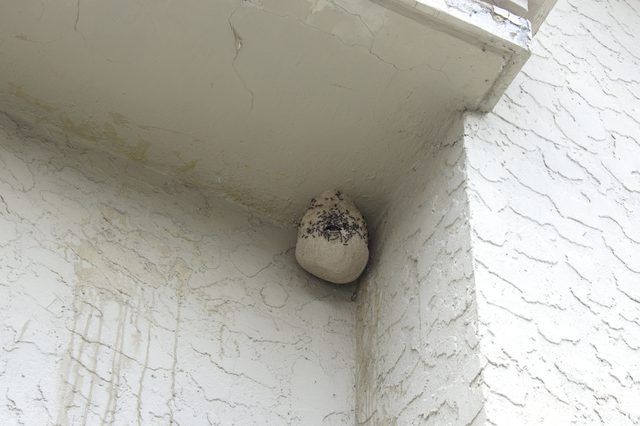
Things You'll Need
Small cloth or vinyl flag, or spray paint
Protective clothing
Duct tape
Flashlight with red lens
Hornet spray, jet-type
Step 1
Identify the nest to be removed. A hornetís nest typically takes the form of a bulbous, pear- or teardrop-shaped structure affixed to the eaves of a roof or the side of a building, or hanging from a tree. They may also build their nests inside cracks in buildings or in the cavities of rotting trees.
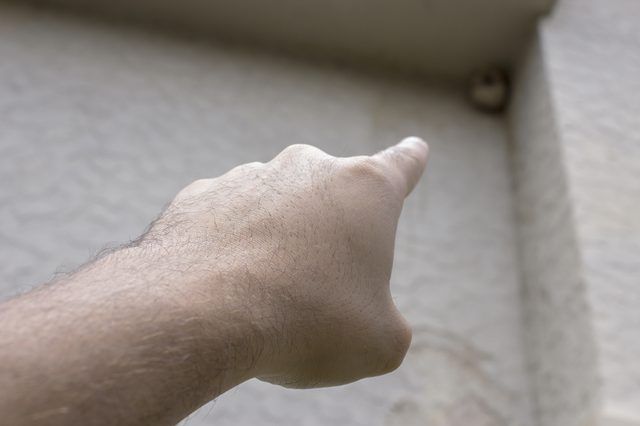
Step 2
Mark the location of the nest with a small flag or a dab of paint so you can find it again later. Keep your distance to avoid getting stung.
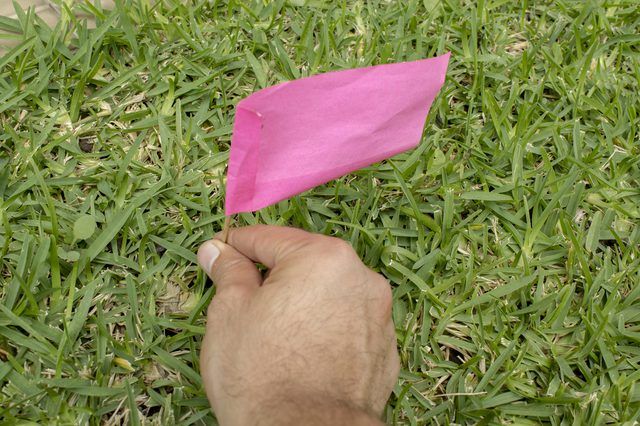
Step 3
Dress in protective clothing to minimize your chances of getting stung. Heavy jeans, gloves, a cap and a jacket can help keep angry hornets from reaching you, but it's still possible for them to sting you, so use caution.
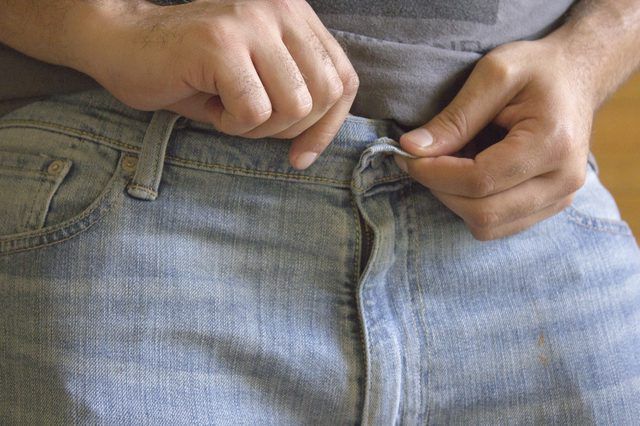
Step 4
Tape around your ankles, neck and wrists with duct tape to stop hornets from crawling inside your sleeves, shirt or pants legs.
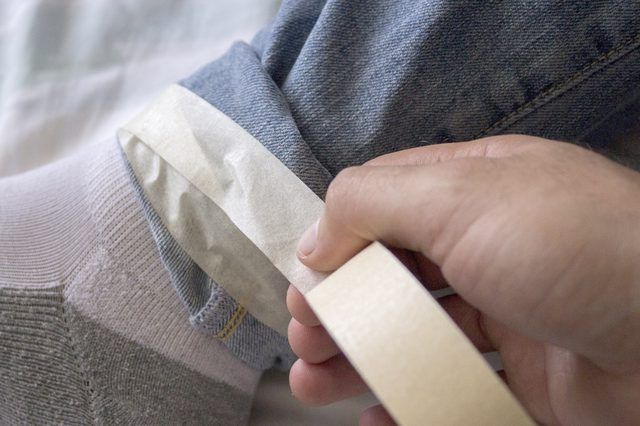
Step 5
Approach the nest about two hours after dark, to make sure all the hornets are home for the night.

Step 6
Spray the nest with a can of hornet killer that sends out a jet stream a distance of at least 10 feet. Most hornet sprays are designed to spray very far -- some up to 25 feet. Stand as far back as possible when spraying. Saturate the nest entrance for several seconds to ensure that the spray penetrates the inside.
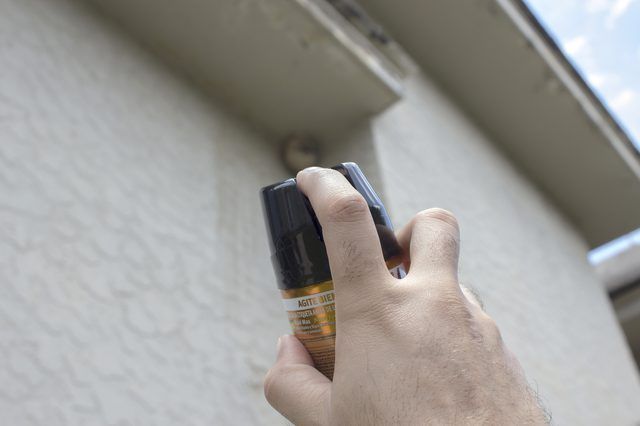
Step 7
Leave the area immediately, and donít return for at least 24 hours. At that point, you can observe the nest. If no live hornets are around, carefully put a plastic trash bag over the nest and remove it.
